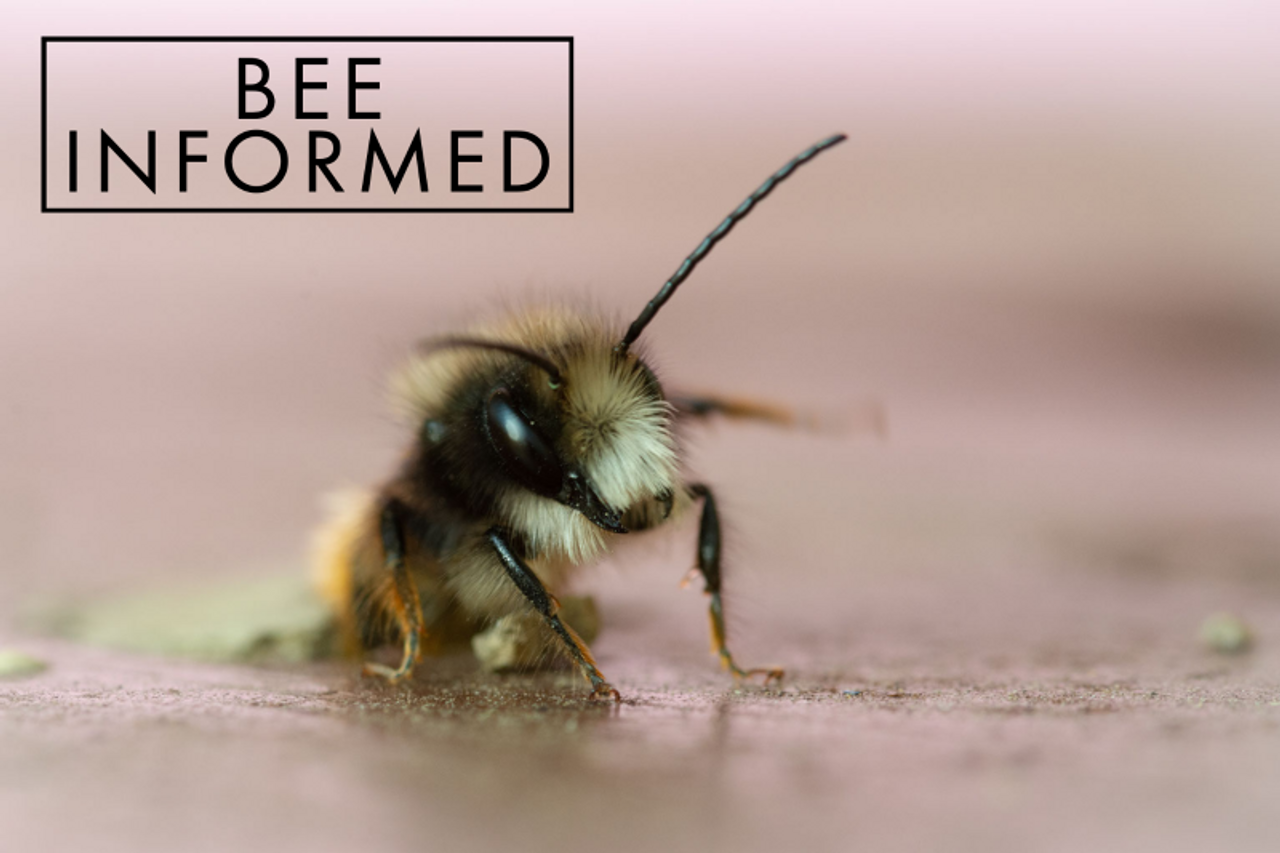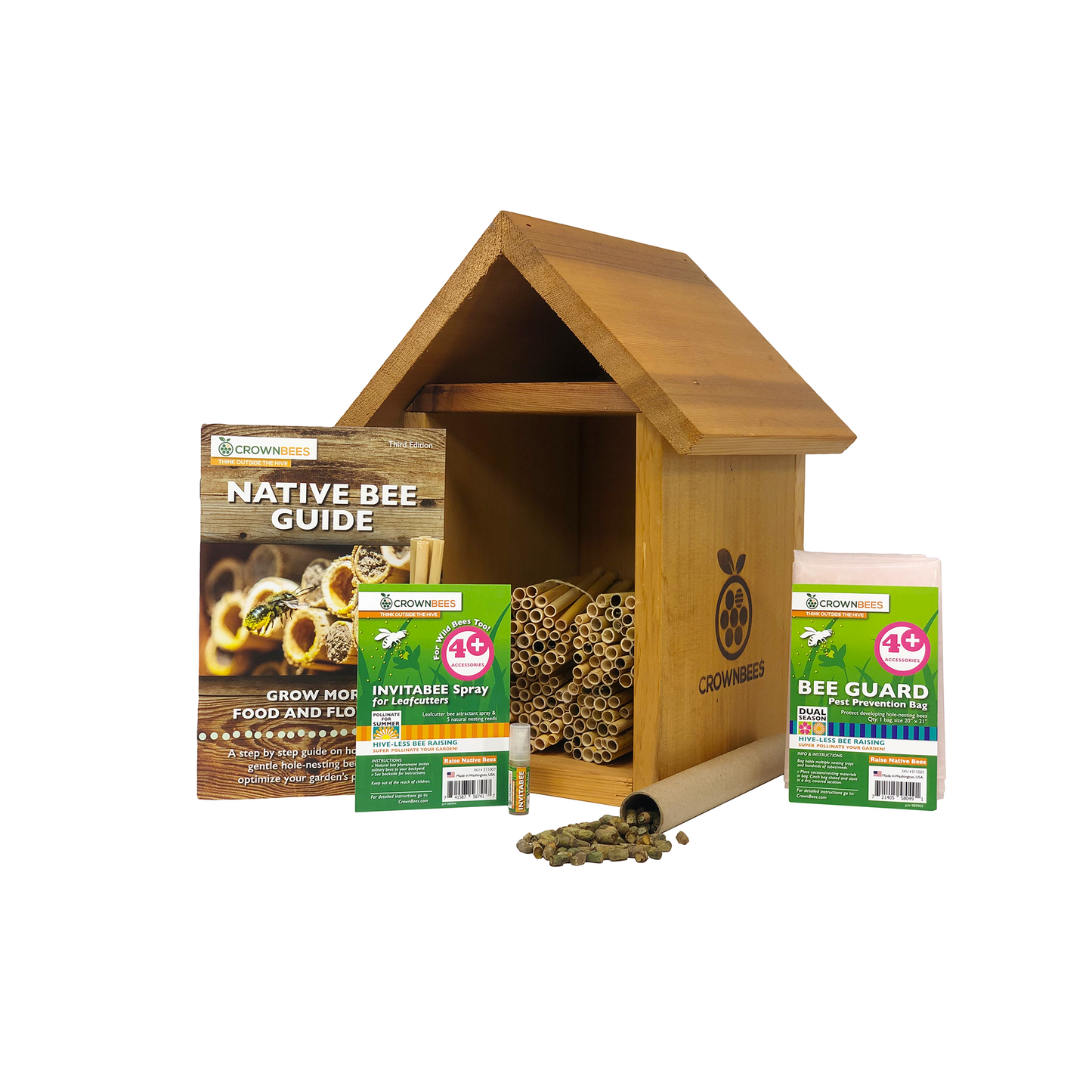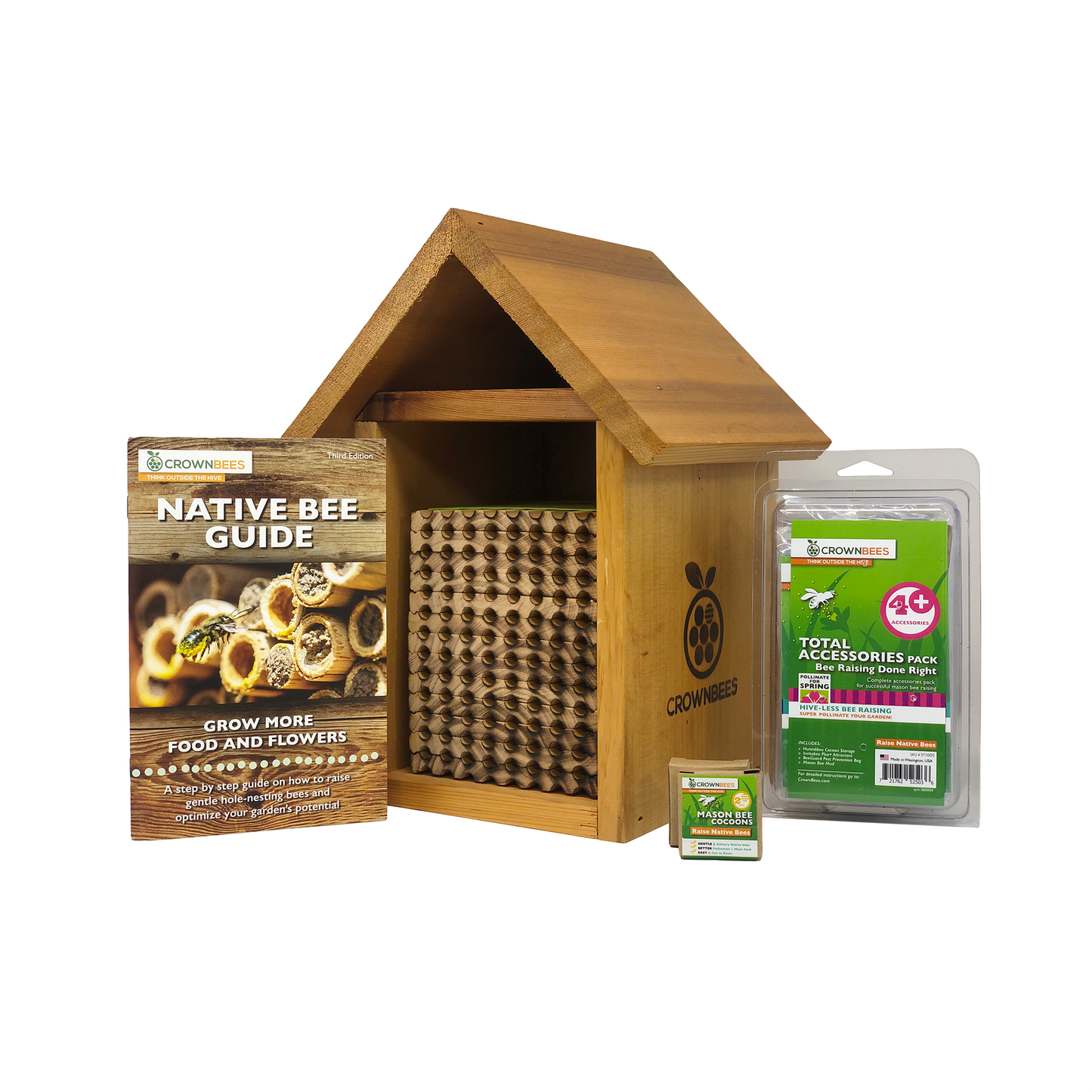
Each month our Bee Informed Blog highlights current news, science, and research related to solitary bee conservation, food insecurity, and sustainability.
1. Bees Exposed to Pesticide Could Take Multiple Generations to Recover - Modern Farmer
Calculating exactly what sort of damage certain pesticides pose to pollinators might be trickier than previously thought. New research from scientists at the University of California, Davis finds that repeated exposure to some pesticides could have an additive effect, getting worse with multiple exposures. That could, they write, require multiple generations to recover.

2. Western Honey Bees Most Likely Originated in Asia, Researchers Find - EcoWatch
For decades, a hot topic in the world of western honey bees has been the question of where these essential crop pollinators and suppliers of most of the world’s honey originated.
The answer was previously believed to be Africa. But a team of scientists led by York University has reached a new conclusion after reconstructing the origin and dispersal pattern of the western honey bees. After sequencing 251 genomes of 18 subspecies from the bees’ native range and analyzing the genetic data, the team determined that the bees most likely originated in Western Asia rather than Africa.

3. Court Steps In to Stop Pesticide Use Not Adequately Regulated, Protects Bees - Beyond Pesticides
In a win for pollinators, a California Superior Court has issued a ruling that sulfoxaflor, a systemic pesticide that is “field legal” but “bee lethal,” can no longer be used in the state. The suit was brought by the Pollinator Stewardship Council and the American Beekeeping Federation.
Eliminating this highly bee-toxic pesticide from use in the state is expected to protect not only native bees and other pollinators (including Monarch butterflies in early Spring), but also, the many millions of managed-colony bees that are transported to California for pollination of almonds and other crops.



